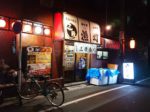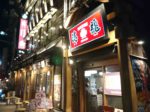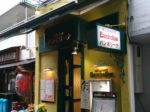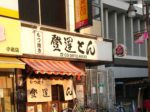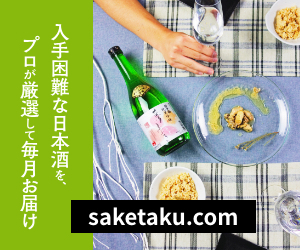- Home
- My Trip Diary
- Ueda city, Nagano ④ ― Ninomaru ―
Ueda city, Nagano ④ ― Ninomaru ―
- 2017/2/11
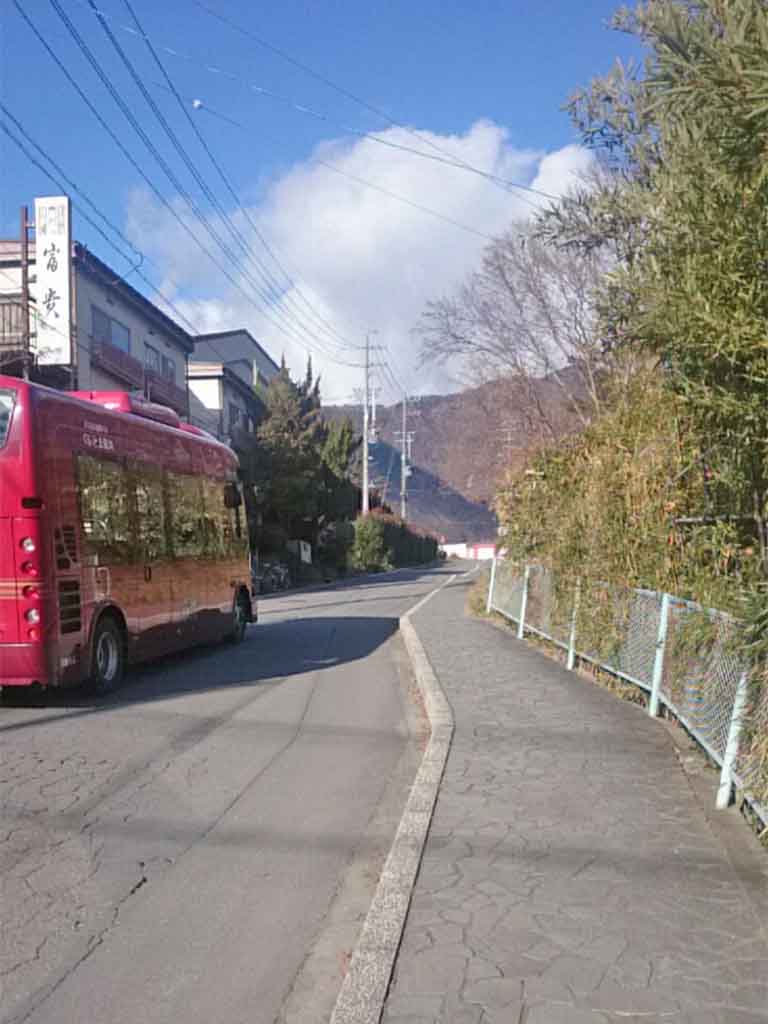
Good evening.
Thank you for reading this blog.
Last time I ended with Koizumi’s cliff picture, and this time I headed to “Ninomaru” of Ueda castle.
Between “Koizumi Kuruwa” and “Ninomaru” is currently a road. Like this.

The bus shown in the photo is the circulation bus of Ueda City. Truly Ueda City, the bus is “equipped red”.
After climbing up this slope and turning to the right it is the “Koguchi” of Ninomaru. “Koguchi” is castle gate.
I took a picture, but unfortunately I am out of focus so I would like to take pictures if I have the opportunity to go again.
By the way, there is a baseball stadium on the left side facing the “Koguchi”. In the past it seems that there was a gate, but now only Ishigaki is there.
* Since I had a chance to go again, I will post a picture of the “Koguchi” in the west of Ninomaru.
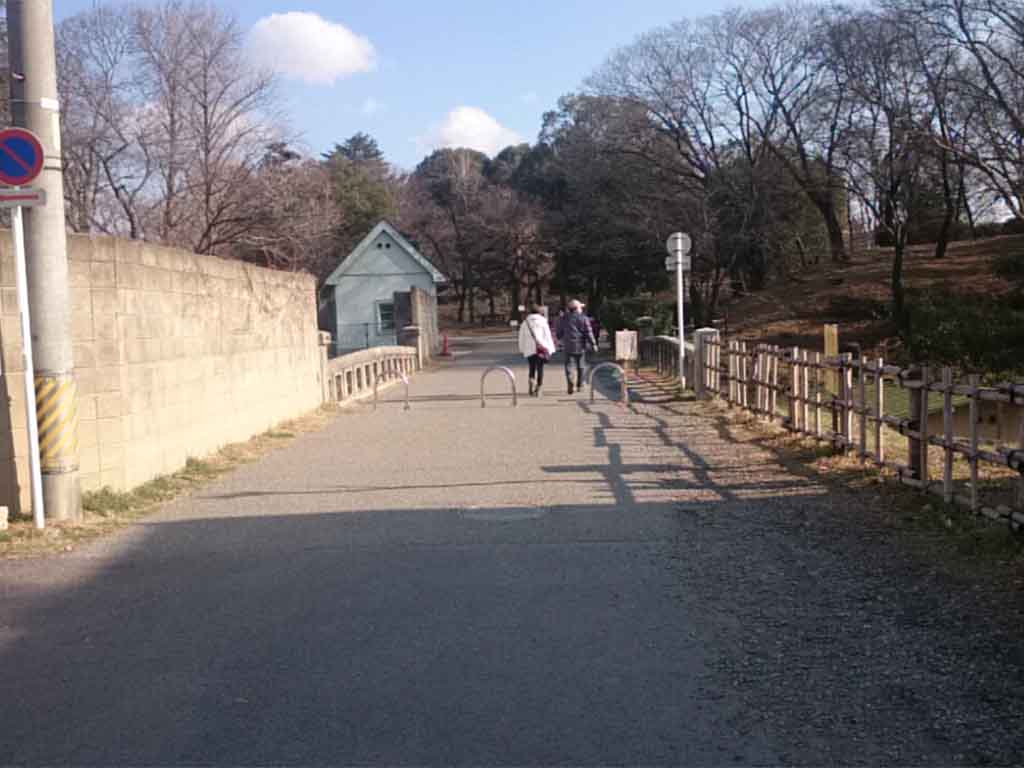
There is a baseball field at the end of this block on the left. Like this.
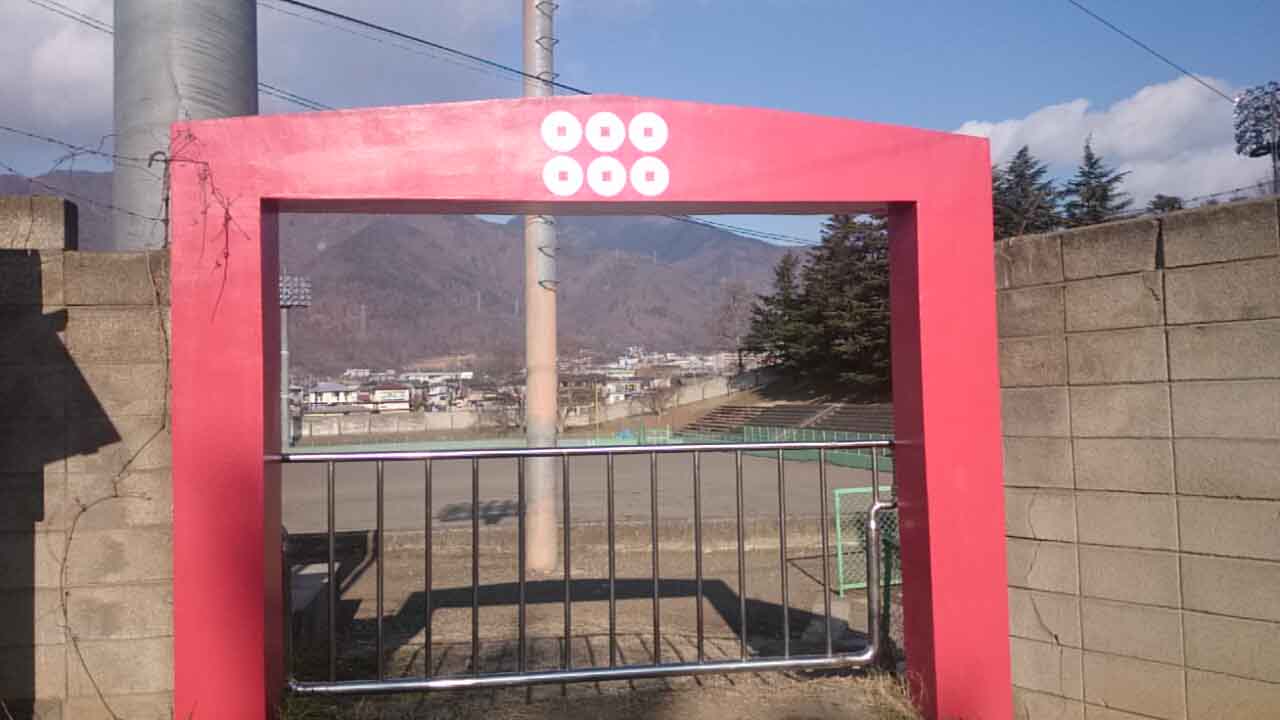
The baseball stadium is six coins in red.
When passing through the stone wall it becomes “Ninomaru”.
The core part of the castle is called “Honmaru”, where the castle tower or castle owner’s house is, and which is the symbol of the castle, and usually this is surrounded by stone walls, soil base, and setting up the gate surrounding it, usually.
Added to this, such space, surrounded by stone walls, soil base, earth walls, etc., is called “Kuruwa”.
Well, when an enemy soldier invades Honmaru, that castle is occupied.
Therefore, in order to protect this Honmaru, the space is called “Ninomaru” which is made in front of the gate leading to Honmaru, or surrounds Honmaru. Similarly, the space which protects Ninomaru is called “Sannomaru”.
In addition to Ninomaru and Sannaru, Big castles, for example Edo Castle, has some “maru” such as “Kitanomaru”, “Nishinomaru” and etc, Osaka Castle has “Yamasato Maru”, “Sanada Maru” etc.
The design (it called “Nawabari”) that Ninomaru and Sannomaru surround all sides of Honmaru is called “Rinkakushiki(contour type)”.
Typical examples are the designs found in relatively large flat castles such as Edo Castle, Osaka Castle, Matsumoto Castle, which are mainly built on flat grounds, castle with low height difference.
In the case of Ueda castle, there is a Ninomaru around Honmaru, so it is “Rinkakushiki”, but in the case of Ueda castle, the south is a cliff and there is no Ninomaru.
In this case, a part of Honmaru is protected by natural defense facilities, etc., and it does not completely surround the main circle. This type is called “Teikakushiki (ridge type)”.
As Google teacher, if you get struck with “Uedajo Nawabari” in Japanese, the full view map of Ueda castle and Nawabari will hit, so if you can see it, I think that the image is easy to understand.
Anyway, when you pass through the Koguchi, it will look something like this.
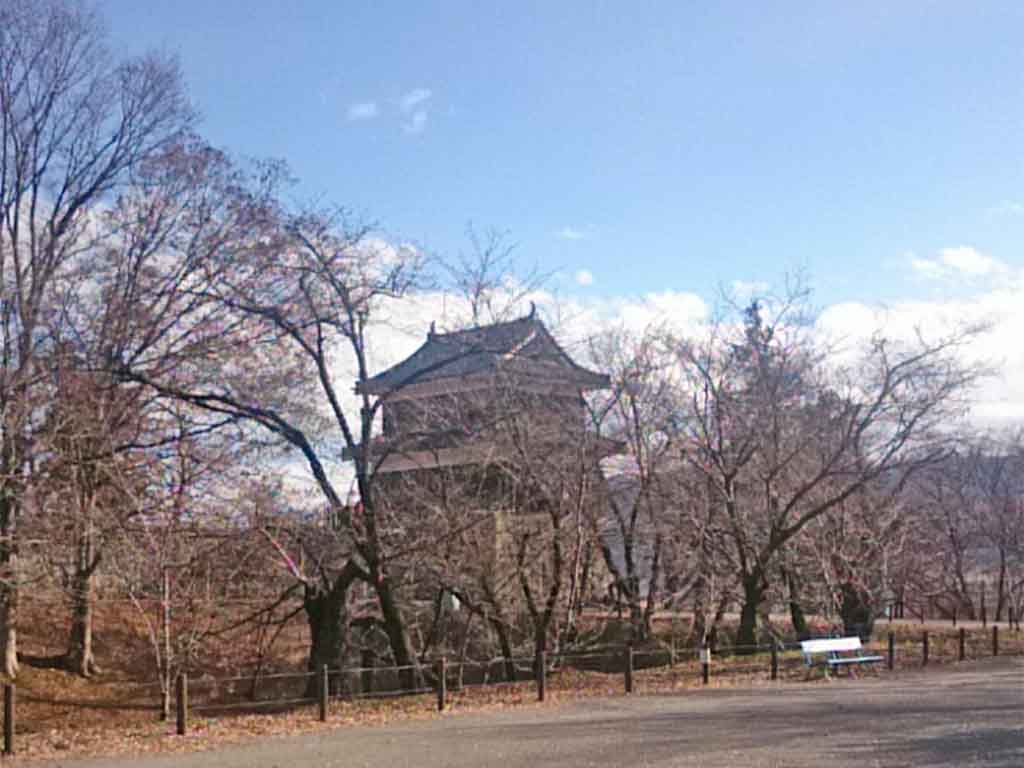
It is the Western O River that can be seen beyond the trees. Furthermore,
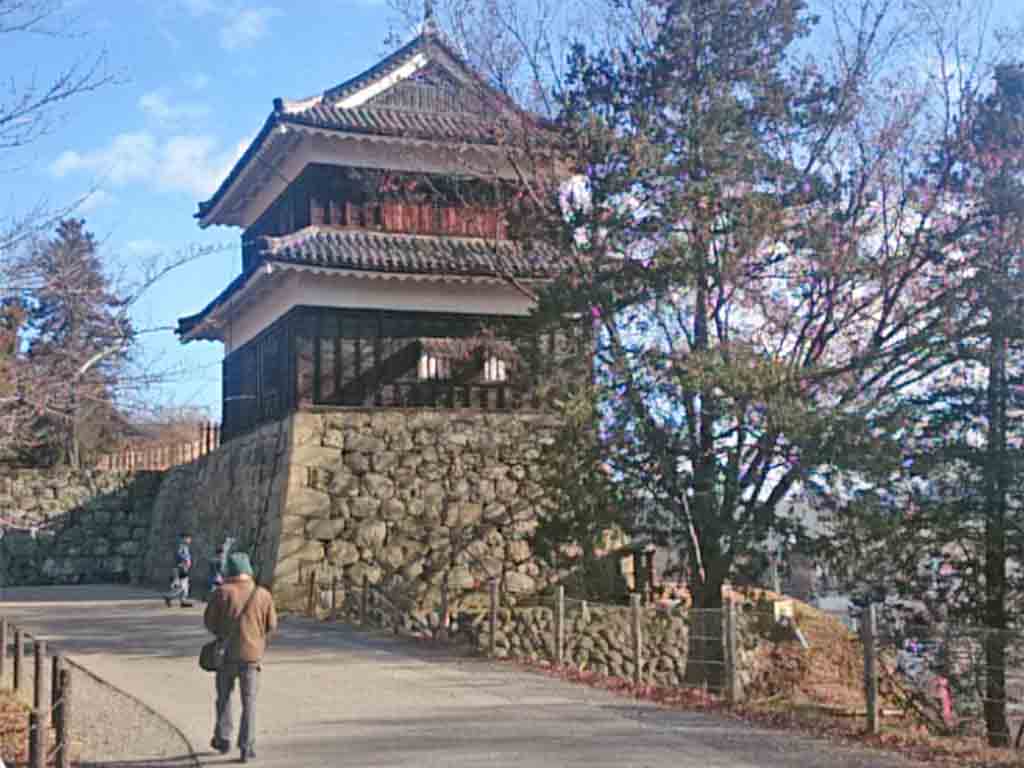
The other side of this tower is Honmaru and the right side is “Nyibakibuchi”.
As I said earlier, there are usually stone walls, foundations, soil walls and moats between Honmaru and Ninomaru.
Looking at the left hand is like this.

It is a cliff on the right side. It will be just above the shortcut I mentioned last time.

From the top, you can see that it is a steep cliff with quite high height.
Well, further walking toward the turret, you can see the entrance to Honmaru.
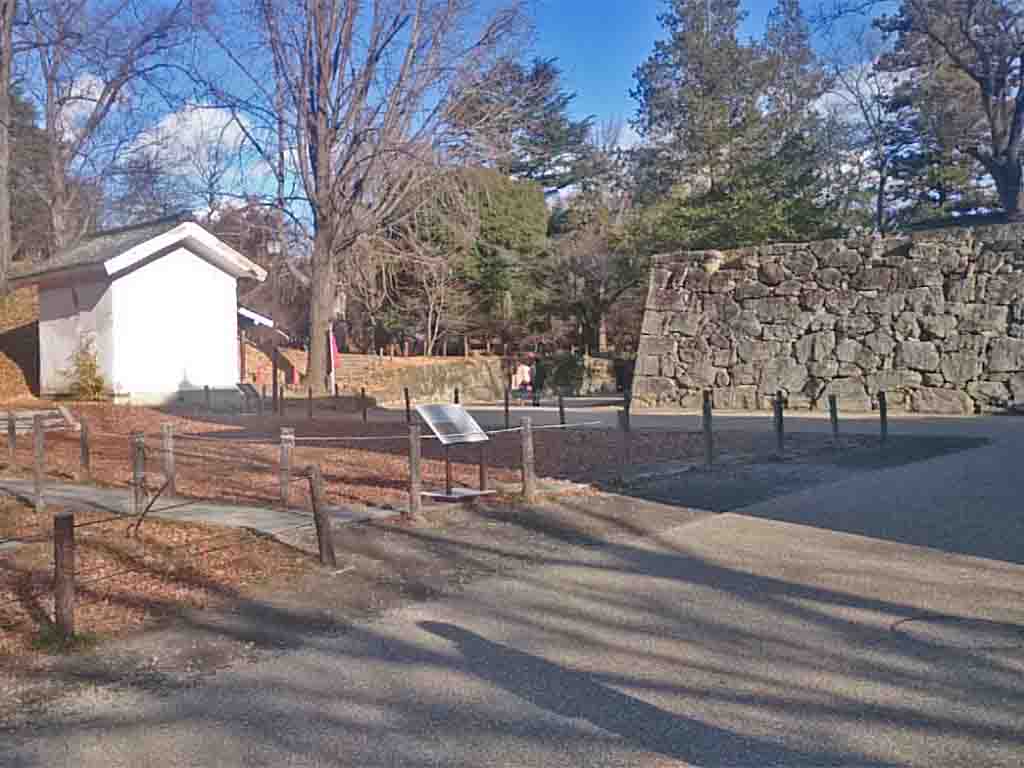
Once, there seemed to be a gate here, and it seemed to have prevented intrusion into Honmaru.
Also, probably there were also soil walls, but now ishigaki only remains.
Next time, walk into Honmaru.

Restaurant Information
| Shop Name | |
|---|---|
| Prefectures | - |
| Tel | |
| Address | |
| Nearest Station | |
| Homepage | - |
| Business Hours | - |
| Holiday | |
| Introduction | |
| Sake List |
|

